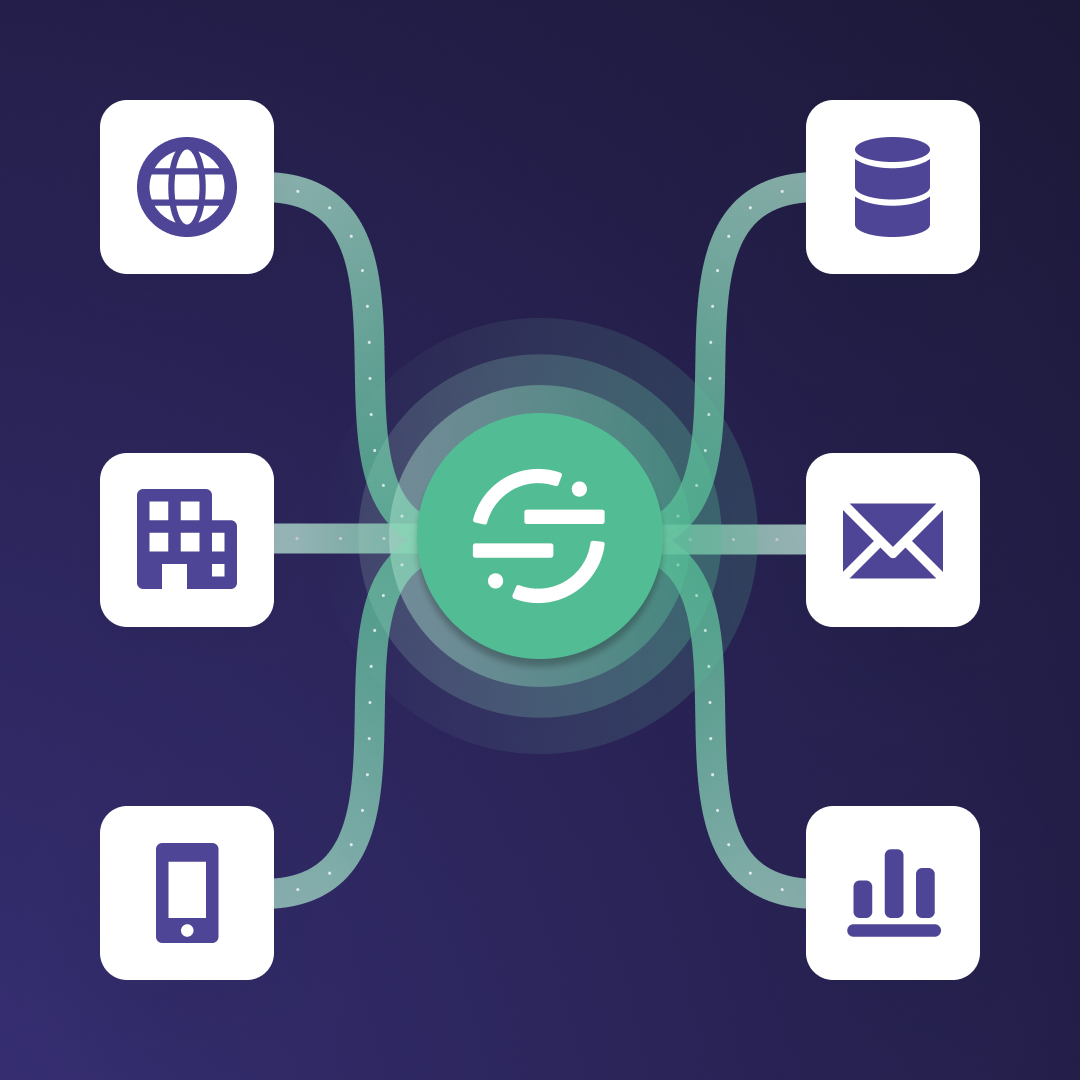Strategies for Optimizing Profile Access at the Edge
Enhancing the performance of profile access on the edge is crucial for delivering real-time personalized experiences. Here are refined strategies to achieve efficient profile management:
Direct Access via Profiles API: The Edge SDK can directly query the Segment Profiles API to retrieve a user's profile. This method ensures the profile information is current but is subject to the Profiles API's response times. Direct access is best used when up-to-the-minute accuracy is paramount, but developers should be mindful of potential latency implications.
Edge Caching with Cloudflare KV: For enhanced performance, integrating Cloudflare's Key-Value (KV) storage offers a strategic advantage. By configuring the Edge SDK to utilize KV storage, user profiles can be cached directly at the edge. This approach significantly decreases access times by serving profiles from the nearest edge location, bypassing the need for API calls for each request. KV caching is ideal for frequently accessed data, reducing latency and offloading demand from the central Profiles API.
Proactive Profile Pushing via Webhooks: To further refine performance and minimize reliance on real-time API calls, setting up webhooks for pushing updates on individual traits or audiences directly to the edge is recommended. This setup involves configuring a webhook destination within Segment to target a specific endpoint managed by the Edge SDK. When updates occur, the webhook triggers, and the relevant data is automatically synced to the KV storage on the edge. This proactive strategy ensures that profile information is both current and instantly accessible, optimizing the personalization process.
By implementing these strategies, developers can strike a balance between ensuring data freshness and minimizing latency, thereby enabling a seamless and responsive user experience. The choice between these methods will depend on specific use cases, the criticality of data timeliness, and the performance objectives of the personalization efforts.
Conclusion
The integration of Segment Edge SDK with Cloudflare Workers presents a robust framework for achieving real-time web personalization at scale. By leveraging strategies such as direct access via Profiles API, edge caching with Cloudflare KV, and proactive profile pushing via webhooks, businesses can significantly enhance the user experience across digital touchpoints. These methods ensure that personalized content is not only relevant but also delivered with the speed users have come to expect in today's fast-paced digital environment.
As we've explored, the key to successful personalization lies in the efficient management and utilization of user profiles at the edge. The Segment Edge SDK facilitates this by providing a seamless mechanism for identifying users, accessing their profiles, and applying personalization strategies in real time. Whether it's through dynamic content delivery, client-side UI adjustments, or real-time profile access, the SDK empowers developers to craft personalized experiences that resonate deeply with users.
The Segment Edge SDK is currently in Pilot. Please contact your account team or friends@segment.com to learn more and check the full documentation of Segment Edge SDK.
